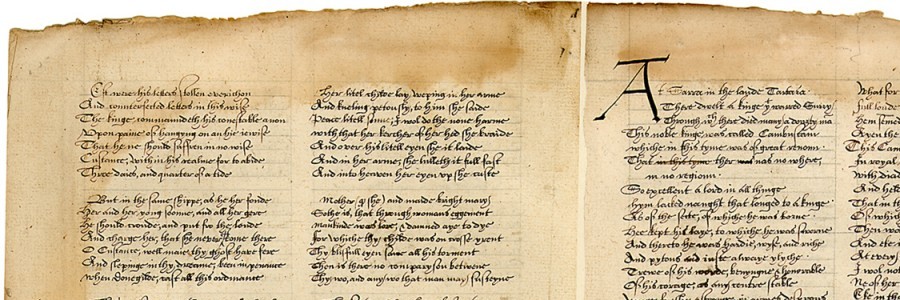Literature
The Box Dog
For as far back as I can remember my mother always
encouraged me at art. She herself was quite talented at drawing. As soon
as I could manage a pencil, she was teaching me drawing techniques. One of
the first was to break down objects into boxes, a technique that beginning
art students in college learn today. One of the first representational
things I learned to draw was a box dog. He had a rectangle for a body, a
square for a head, square eyes, ears, and nose and a long rectangle for a
tail. Every time I produced it I was smothered in praise for my great
artistic talent. As soon as I was deciding what I would be when I grew up,
I had chosen to be an artist. While friends wanted to be firemen and
policemen, I was sure that I would be an artist.
By the time I entered the first grade (only rich people went to
kindergarten in those days), I was well beyond the box dog. I had learned
to draw what I could see. Drawing came so natural to me that I assumed
anyone could look at an object and draw it. So I was puzzled when people
would look at my drawing of a tree and would comment, it looks just like
the tree. Of course it does, I thought. Since the tree is what I was
looking at when I drew it, why should it not look like the tree?
My transition from box objects to retinally correct drawing began when I
was about four years old at a family gathering. Our family gatherings
often featured games and contests, some designed for the children and some
also for the aunts, uncles, and parents. One of the adult contests during
the gathering was a drawing contest, and by this time my mother had me
convinced that I was already a great artist and could outdraw any adult. I
insisted on entering the adult art contest, which was to produce the best
drawing of an animal of choice. My choice, of course was the box dog,
since that is the only animal I had really mastered.
As the contest moved on, I could hear oohing and aahing over my mothers
drawing of a horse. I took a quick glance of it and it was the most
gorgeous thing I had ever seen, something like what you would expect to
see in Leonardo’s notebook. For the first time I realized what a challenge
I was up against. I worked harder and harder on the boxes erasing and
moving them around over and over again to make a perfect dog. I couldn’t
see a single box on her horse. My cousins were all prodding me and telling
me I didn’t stand a chance. The time was up. I begged for more time and
got a few more minutes to see what I could do with my boxes. I wouldn’t be
finished until my box dog looked at least as good as my mother’s horse. No
matter what I did to the boxes, it still looked like a box dog. Over my
objections, the contest came to an end. I was devastated.
Then my mother came to the rescue. She announced that she would be the
judge for the contest, and after intense study of the various drawings
decided with no further hesitation that my box dog was indeed the best
drawing. Several years passed before I was smart enough to figure out that
the real winner was chosen after I proudly left the room with my prize.
But it wasn’t long before I learned to merge the squares and add the
fine details that one could get only by truly seeing the object being
drawn. Even today I rarely look at the details of what I see unless I
think about drawing it.
My profession became not art but physics, with art taking a second position in my life for many years to come. With my later stages of life returning me to art and allowing me to refine skills, I have discovered that I must now learn how first to see the details and then to remove some of them to make the drawing even more interesting and more artistic. This has been just about as hard a process as going from the box dog to a smooth dog.

